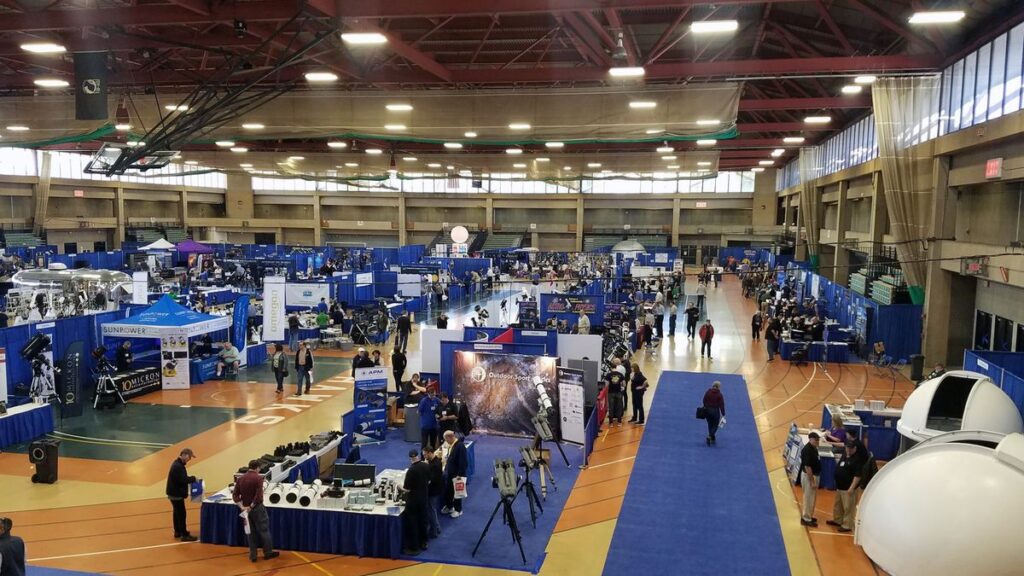Paul M. Sutter is an astrophysicist at SUNY Stony Brook and the Flatiron Institute, host of Ask a Spaceman and Space Radio, and author of How to Die in Space.
Galaxies are glittering cities, massive metropolises full of stars, dust, gas, black holes, magnetic fields, cosmic rays, dark matter and more. Separated by millions of light-years of essentially nothing, galaxies are incredibly isolated, each one an island.
Astronomers have identified three kinds of galaxies: spirals, ellipticals and irregulars, and the differences between those kinds of galaxies reveal their complicated histories.
Related: The best Hubble Space Telescope images of all time!
The beautiful
If you were to leave a galaxy largely left alone, subject only to the occasional minor merger (or more accurately, consumption) of a dwarf galaxy, it would naturally develop a set of beautiful spiral arms.
Those spiral arms are created by waves of density rippling across the disk of the galaxy, spinning and overlapping on themselves. These waves stem from sources like nearby passing galaxies, the occasional galactic snack and even chains of supernova explosions.
Despite the bold appearance of spiral arms, these structures aren’t much more dense than galactic average, only by about 10% or so. But that slightly higher density causes a stellar traffic jam, igniting the formation of new batches of stars. Essentially, spiral arms are the sites of active star formation within spiral galaxies.
In star-forming regions, all sorts of stars can form. Big, bright, blue ones. Medium white ones. Small, dim, red ones. But from millions of light-years away, our eyes and our telescopes pick out the bright ones most readily, making the arms visually stand out much more than their density alone would result in.
[embedded content]
The boring
The key to beautiful spiral arms in a galaxy is the occasional gravitational encounter or disturbance — emphasis on the word “occasional.” If a galaxy suffers too many collisions or just one big one the turbulence can permanently disfigure a galaxy, forever robbing it of the chance at beauty.
The problem is the merger event itself. When galaxies collide, the stars themselves don’t actually smack into each other — there’s way too much empty space for that to happen. But all those extra gravitational interactions, plus a healthy dose of gas clouds passing too close to each other, set off a round of high-intensity star formation. In the middle of a merger event, which can take hundreds of millions of years to complete, the star formation rate can skyrocket to tens or even hundreds of times higher than normal.

For a while, everything is spectacular. Ablaze with freshly-minted stars, the galaxy shines more brightly than it ever has before. Alas, it won’t last. All those new stars come with a price tag: by using up so much star-making material so quickly, the post-merger galaxy stops making stars sooner. In only a few short hundred million years, all the massive stars formed during the merger event die and fade away, with no new stars to replace them.
The result is a giant clump of dim, red stars. The once-beautiful spiral arms are in tatters and the galaxy misshapen. With enough time, the now-giant galaxy settles into an elliptical shape, but despite its grand size remains relatively dim, clinging onto a sad and broken existence for billions of years to come.
[embedded content]
The ugly
While most of the galaxies in our universe are either beautiful, grand spirals or giant, boring ellipticals, there are plenty of oddballs. Some galaxies appear to be stretched and distorted like we’re viewing them in a funhouse mirror. Some galaxies appear to have holes blasted right through their centers. Some are just tangled, mangled wrecks, barely discernible as any sort of structure at all.
The culprit behind these oddballs is gravity. The gravitational influence of the galaxies on each other twists and distorts the pair, drawing huge tails of gas, dust and stars out of each galaxy like unraveling a spiral. For a few hundred million years, these two galaxies will look highly irregular.
Smaller collisions can make for some interesting galaxies too. For example, some galaxies look like they’ve gotten cored after a neighboring galaxy plowed through its center, clearing a path through the stars.

Irregular galaxies do usually host ongoing star formation, precisely because whatever influence distorted the galaxy created dense bulges and knots where enough material can condense to form stars.
This makes irregulars some of the most intriguing galaxies out there — no two are alike, but they’re all disturbingly beautiful.
Learn more by listening to the episode “AAS! 144: ASTRO101 PART 6 – WHAT ARE GALAXIES?” on the Ask A Spaceman podcast, available on iTunes and on the Web at http://www.askaspaceman.com. Thanks to Mitchell L. for the questions that led to this piece! Ask your own question on Twitter using #AskASpaceman or by following Paul @PaulMattSutter and facebook.com/PaulMattSutter. Follow us on Twitter @Spacedotcom and on Facebook.


